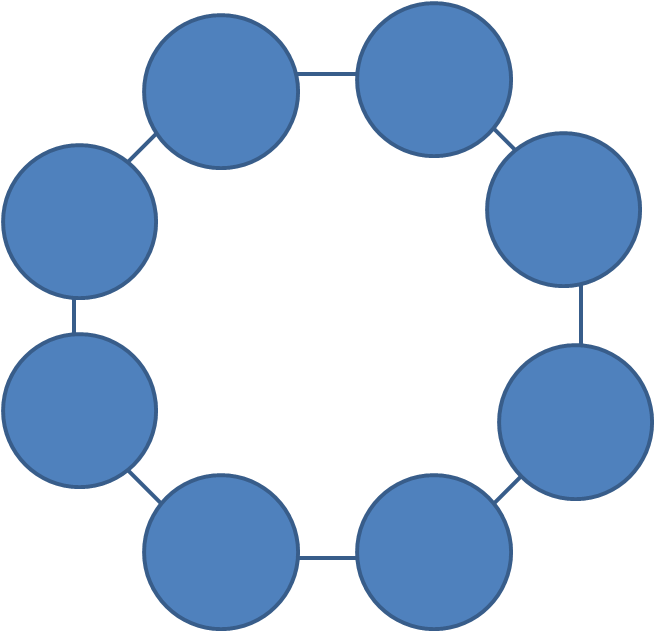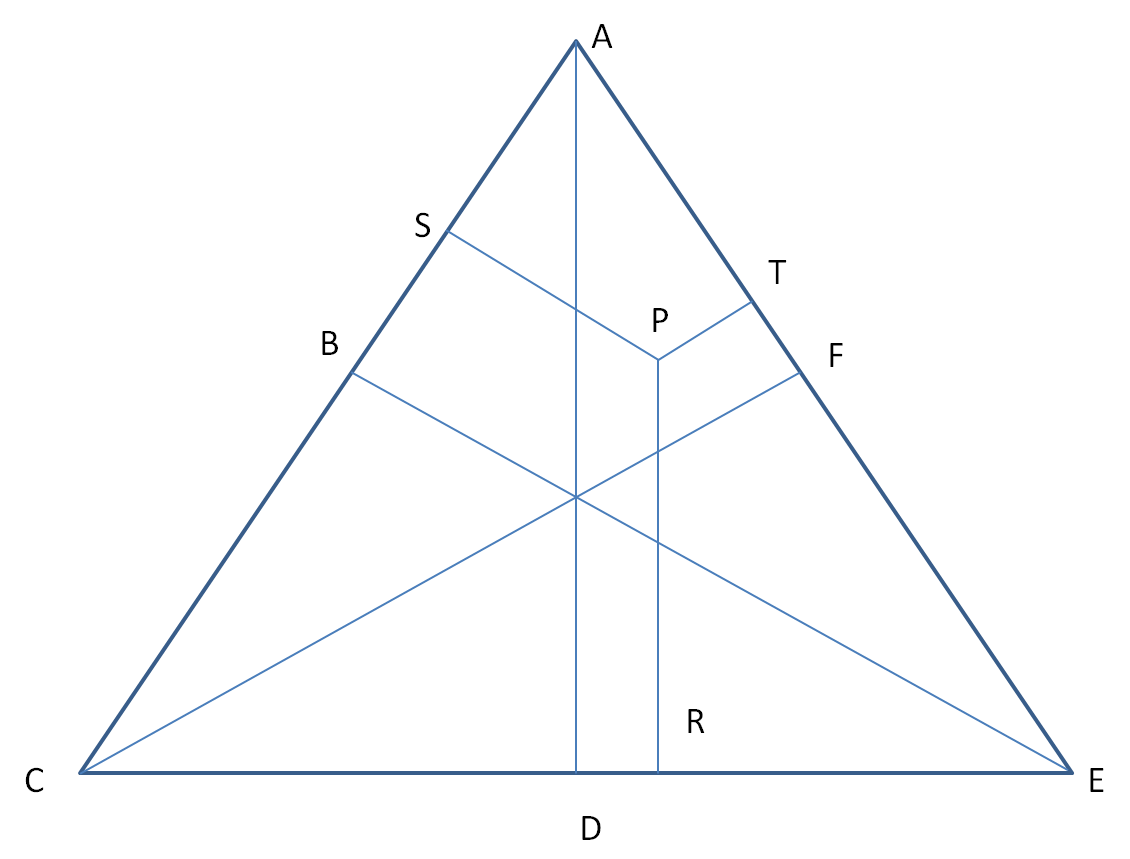Tear the question paper, then throw it away
After the APMOPS, here are some questions that I translated:
- A magician made a six-digit number , and the digit sum of be . The magician called out a spectactor to evaluate -. The spectactor said out 5 numbers, namely and .The magician successfully revealed the last number. What number is it? Explain your reason.
*Bonus question: Find the minimum and maximum value for .
- The eight vertexes of an octagon are attached with circles, each required to fill up the numbers from 1 to 8. Can the sum of four consecutive attaching circles be:
a)larger than 16?
b) larger than 17?
If possible, find a way of doing so; if not, explain your reason.

- Wong cycled from station A to station B. Buses form station A and B each give out a bus at the same interval time (e.g. when station A gives out a bus every 30 minutes, station B does the same), but at different times. Every 6 minutes Wong meets up with a bus coming from the opposite, and every 9 minutes he is overtaken by a bus traveling at the same direction with him. It is known that all the buses from stations A & B take 50 minutes to travel to the other side ( it means that buses from station A travel 50 minutes to station B, and vice versa ). How long does it take for Wong to travel from station A to B?
4.In the figure below, 3 different heights of the triangle move from the bases to the vertexes of the triangle. P is a point in the triangle such that another 3 lines move from point P to the triangle, causing each of the lines to be parallel with AD, BE and CF respectively. If AD=2010 cm, BE= 2013 cm, CF = 2016 cm and PR = 1005 cm, PS= 671 cm, find the length of PT. (Oh, and I forgot, each line extending to the base is straight, or 90 degrees)

Feel free to discuss! Enjoy!
Easy Math Editor
This discussion board is a place to discuss our Daily Challenges and the math and science related to those challenges. Explanations are more than just a solution — they should explain the steps and thinking strategies that you used to obtain the solution. Comments should further the discussion of math and science.
When posting on Brilliant:
*italics*or_italics_**bold**or__bold__paragraph 1
paragraph 2
[example link](https://brilliant.org)> This is a quote# I indented these lines # 4 spaces, and now they show # up as a code block. print "hello world"\(...\)or\[...\]to ensure proper formatting.2 \times 32^{34}a_{i-1}\frac{2}{3}\sqrt{2}\sum_{i=1}^3\sin \theta\boxed{123}Comments
Q1: The last number is 7. A can be expressed as (105×a+104×b+103×c+102×d+10×e+f) where a,b,c,d,e and f are the digits of A.
B can be expressed as (a+b+c+d+e+f).
Now, A−B=99999a+9999b+999c+99d+9e.
A−B=9(11111a+1111b+111c+11d+e) implying that A−B is a multiple of 9.
Since, A−B is a multiple of 9, the digit sum of A−B must also be divisible by 9 (Divisibility Test of 9).
Now, we are provided with 5 digits of A−B and we have to find the sixth one. The sum of these 5 digits comes out to be 20 and so for A−B to be divisible by 9, the sixth digit should be 7 so that it sums out to be a multiple of 9.
NOTE: There is a trick here. If the spectator would have called out 2,4,6,7 and 8 and then we were to find out the sixth digit, we could have 2 different answers namely 0 and 9. Can you figure it out why?
Log in to reply
Because 2+4+6+7+8 IS a multiple of 9
Log in to reply
Yes, it has to be a multiple of 9. This is true for all numbers and can be generalized easily for n-digit numbers.
Q4 is 336.
Q3 is 250 minutes.